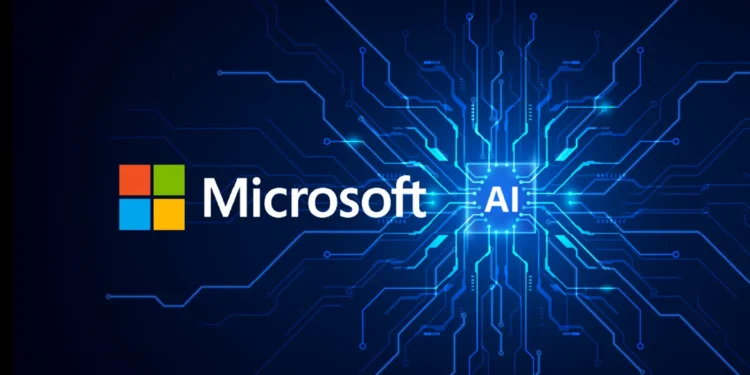Microsoft has announced the launch of a new feature for its generative artificial intelligence (AI), claiming it will detect inaccuracies in the outputs and fix them.
The “correction” feature, embedded in Microsoft’s Azure AI, will automatically detect and provide revised text, Microsoft says. A preview of the feature is available in the Azure AI Studio, which serves as a suite of safety tools to find errors, detect hallucinations (a wrong answer generated in response to a prompt), and block malicious entries.
The correction feature will be capable of detecting inaccuracies in AI results through their comparison against the source material provided by a user. Microsoft says the new tool will lay out a comprehensive reasoning regarding the detected mistakes, and will help “support the reliability and accuracy” of generative AI application outputs.
“With this enhancement, groundedness detection not only identifies inaccuracies in AI outputs but also corrects them, fostering greater trust in generative AI technologies,” says Microsoft.
The correction will entail four steps: detection, reasoning, correction, and output. It will be available within any text-generating AI model, including OpenAI’s GPT-4o and Llama by Meta platforms, which owns Facebook and Instagram.
The correction feature, however, will not ensure an ultimate solution for inaccuracy. “It is important to note that groundedness detection does not solve for ‘accuracy’, but helps to align generative AI outputs with grounding documents,” a Microsoft spokesperson told TechCrunch.
Although generative AI tools have turned the content industry around, they do not come without certain shortcomings. One of the primary challenges persisting from generative AI is inaccuracy, which compromises the credibility of these platforms. Misinterpretation of data, incorrect information, and lack of context are some of the common weak points of AI-generated material.





